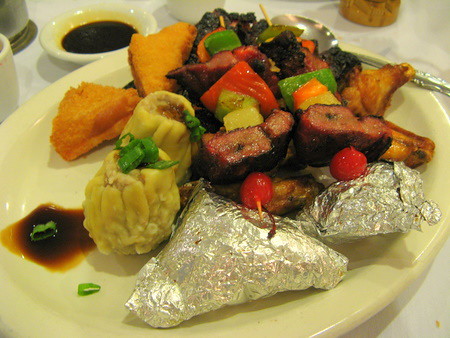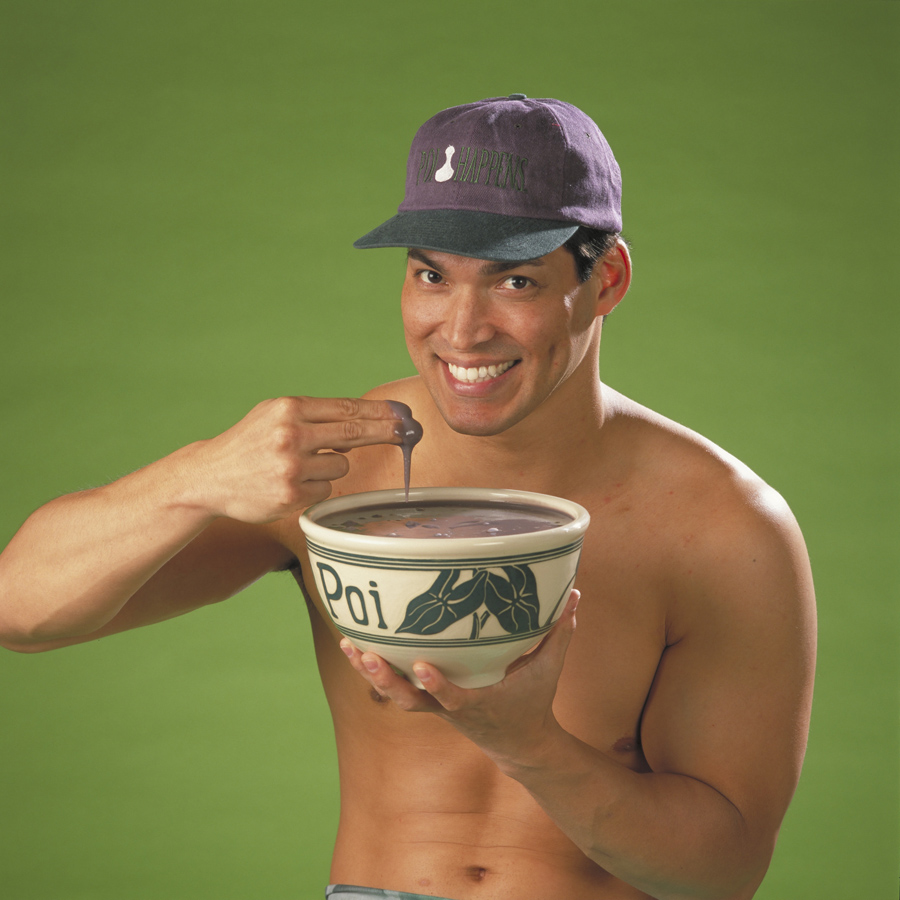This afternoon I started plowing through the excellent
Wizard Publishing's Guide to Oahu - I was reminded of just how mouth-watering reading and writing about Hawai'i is. As I sit here sipping a little leftover "honeymoon" from Grant and Erica's wedding, I find on top 'o the "to blog" item list, the
Kona Brewing Company. It's time to talk about beer.

Probably most of us have seen hipsters (you know, people who don't appreciate Hawai'i as much as we do) walking through midwest grocery stores in Kona Brew t-shirts. But, let's look under the hood of these brews and find out what's going on.
Ratebeer.com, though populated by beer snots (almost nothing can get a good rating if it has a mild hop character or sees national distribution) it can serve as a good handle on general quality of beers. Their
reviews of the Kona Brewery reveals some interesting tasting notes. Their 7 strongest offerings by rating are barley wines, imperial stouts, porters and an IPA - a good sign that real beers are being made here. If you check out their
homepage you can get a handle on their business model:
bottle the easy-swillers and
tap the more serious brews - which seem to be only available in Hawai'i. That won't be hard when you're on Oahu - now there's a
Marina pub that's open for business. Someone (remind me) should check in with them later and find out what'll be on tap.
Wanna stalk them? Strangely they're not on the
BeerMap of the Pacific Northwest (drag the mouse out to see and get Hawai'i on the map) but you can find them the old fashioned way on
google maps.
I'm sorry to report that I can't say that I remember having some of their beers - although I'm pretty sure I did. I do remember having a red that was good - but I think it was someone elses.
But business (as for most small breweries)
is good!







